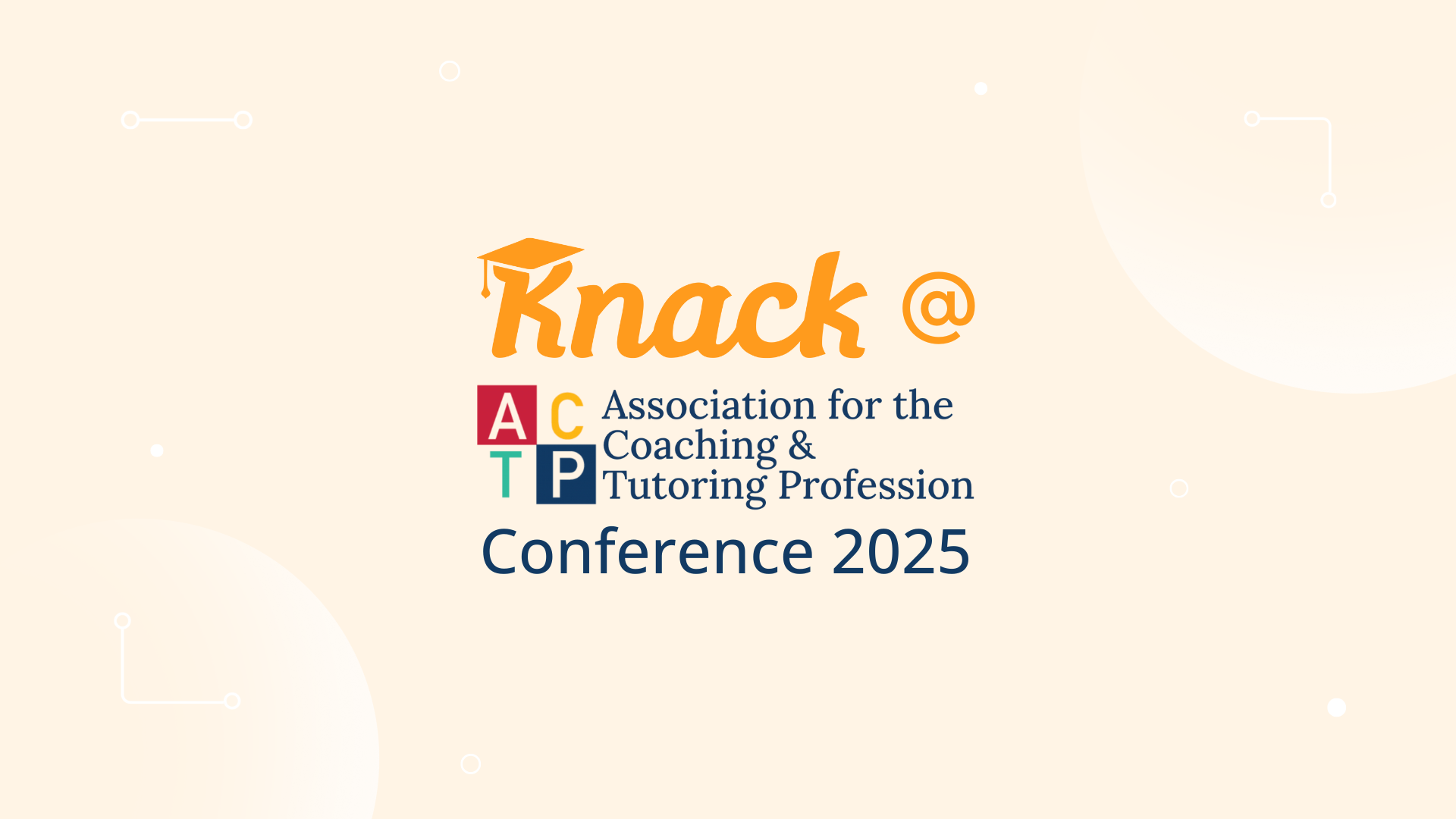At the Association for the Coaching & Tutoring Profession (ACTP) conference in Orlando, I had the absolute privilege of catching up with Dr. John Gardner—one of the biggest inspirations for many of us in higher education. His work has shaped how we think about student success, and his influence continues to push the field forward.
During his keynote, he opened with a simple but powerful prompt: "What Would John Do?" if he were stepping into a role in coaching and tutoring today. True to form, he didn’t hold back. He shared bold, thought-provoking insights on what’s possible—and, more importantly, what should be prioritized.
One line from his presentation stood out to me the most:
"The ways you are organizing your operation are perfectly designed to get the results you are getting right now."
It’s a reminder—and a challenge—to all of us in higher education. If we want different outcomes, we need to change our approach. If we want to reach more students, close equity gaps, and ensure academic support is truly accessible, we have to rethink the structures and systems we’ve built.
Thinking Beyond the Status Quo
Too often, academic support programs operate within rigid frameworks that may not align with the evolving needs of students. The reality is, traditional tutoring models don’t always reach those who need them most. Many students hesitate to seek help due to stigma, scheduling conflicts, or simply not knowing where to start. Others may need a more relationship-driven approach that fosters belonging and independence over time.
So, how do we push beyond the results we’re getting now? We start by reimagining what support can look like.
- Personalized, Relationship-Driven Support: Building meaningful connections between students and their tutors or coaches can transform academic support into a tool for both learning and belonging. This approach has been shown to drive engagement and retention.
- Recurring Engagement, Not One-Off Fixes: Students benefit most when support is consistent, not just a one-time intervention. Creating opportunities for ongoing engagement helps students develop confidence, independence, and a stronger connection to their learning community.
- Meeting Students Where They Are: Support services need to be as accessible as possible. That means rethinking where and how they’re delivered—whether through embedded tutoring, virtual options, or integrating support into students’ existing routines. When services are flexible and student-centered, more learners can benefit.
- Making Academic Support a True Equalizer: Every student should have access to the help they need, regardless of their background, major, or financial situation. Equitable academic support models ensure that success isn’t just for those who can afford private help or who already know how to navigate campus resources.
A Call to Action
Dr. Gardner’s words serve as a call to action for all of us: If we want different outcomes, we have to be willing to challenge how things have always been done.
The ways we organize academic support—who has access, how it’s delivered, and what outcomes we prioritize—determine the results we get. If those results aren’t reaching every student who needs help, then we have work to do.
The question isn’t just What Would John Do? It’s What will we do next?
If you're ready to rethink academic support and build a model that truly meets students where they are, let’s talk.
